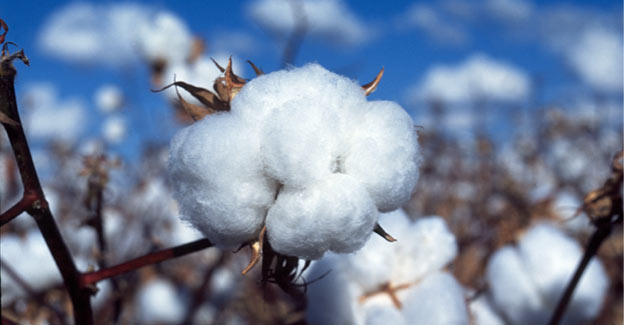Protective Fabric Fixes Itself With Help From Squid Proteins
Protective Fabric Fixes Itself With Help From Squid Proteins

Researchers coat fabrics with multilayer films containing self-repairing squid protein and toxin-degrading enzymes
Mending ripped clothes soon could take just a few seconds & some water, thanks to a new self-healing coating based on squid proteins. Researchers dip fabric in a series of different solutions to produce the coating. To mend a tear, they simply sprinkle warm water on the coated fabric & press the torn edges together.
In addition, the coating can incorporate enzymes, which could serve as a basis for advanced clothing that protects farmers from pesticides and factory workers from toxic chemicals, says Melik C. Demirel, a materials scientist at Pennsylvania State University.
Scientists have come up with many different kinds of self-healing coatings for metal surfaces, polymer composites, and textiles. One promising type is a composite film containing layers of oppositely charged polymers. Placing water on a scratch in the film triggers a complex ion exchange process that brings charged polymers inside the film to the surface, healing the crack. Such layered films have mostly been made with synthetic polymers like polyethylenimine and poly(acrylic acid). They can only repair cracks that are a few tens of micrometers wide, and the process takes minutes.
To make a film that rapidly mends larger tears, Demirel, along with Walter J. Dressick of the U.S. Naval Research Laboratory and their colleagues, looked to the healing properties of a protein within the teeth ringing the suction cups of squid. These proteins in squid ring teeth contain hard segments that are physically cross-linked and soft amorphous segments with hydrogen bonds that stick strongly in the presence of water. In the squid, the soft regions help severed proteins to fuse back together under water, while the hard segments reinforce the structure.
The researchers made the 1-µm-thick coating by dipping cotton, wool, and linen textile patches into a series of liquids. First, they dip the fabric in a negatively charged polystyrene sulfonate solution followed by squid protein solution, which is positively charged. These two oppositely charged materials form a base layer on the textile.
To add an enzyme, they dipped the textile in a urease solution, followed by another protein layer. Urease was just a test case: Various enzymes could be used depending on the toxin that needs to be broken down, Demirel says. Organophosphorus hydrolase, for instance, breaks down pesticides and nerve agents based on organophosphates.
After cutting the coated cloths, the researchers repaired them by dropping water on the pieces and pressing them together. The repaired textiles remained just as flexible and strong as they were before the damage.
These coatings show promise for a range of applications because they're naturally derived and biocompatible, which makes them potentially useful both in the environment and in medical devices, Demirel says.
What's new about this work is the use of proteins from a squid to show self-healing of large-scale damage with several types of fibers, says Nicole S. Zacharia, a polymer engineer at the University of Akron. The layer-by-layer approach is useful for adding multiple functions to the fabric coating, such as the enzymes. To make such coated textiles practical, she says that the researchers would have to ensure the materials are cost effective and available in large quantities. They would also need to speed up the dip-coating process. Nevertheless, she adds, "it's an important step towards making a practical, self-healing fabric."



 textileexcellence
textileexcellence 







